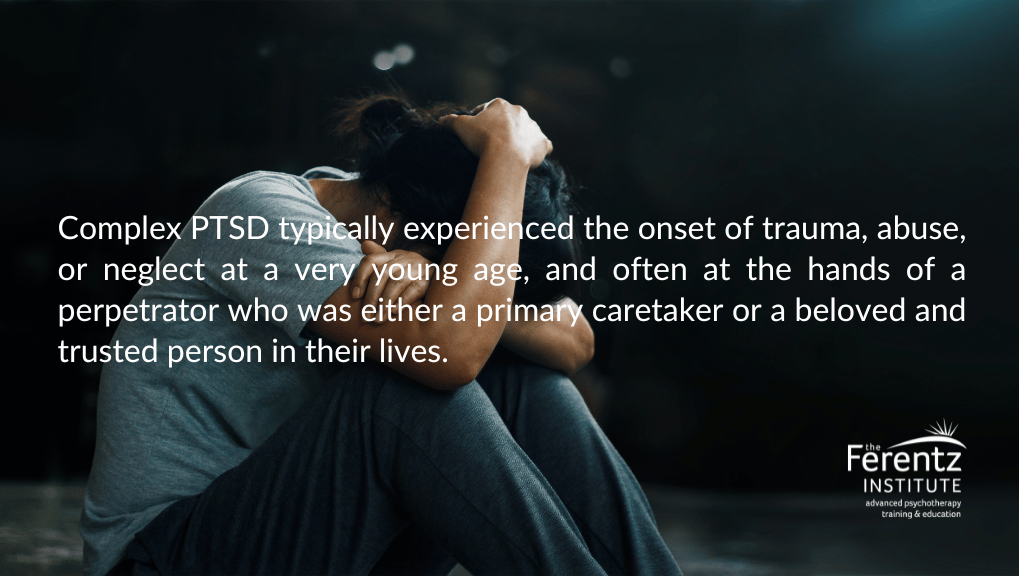
When clients confront subjective traumas or life-threatening experiences, leading to an inability to process, metabolize or heal, PTSD symptoms often emerge. These often manifest in four possible cognitive, emotional, and behavioral clusters: intrusion; avoidance; negative changes in thoughts and mood; and alterations in arousal and reactivity.
PTSD from Past to Present
Historically the conceptualization of PTSD was rooted in the sequelae associated with shell shock and the aftermath of war. We have come far enough in the mental health field to recognize that survivors of trauma, abuse or neglect are just as vulnerable to long-term adverse consequences from overwhelming or life-threatening circumstances. Fortunately, the evolution of the DSM now takes into greater consideration the aftereffects that are specifically relevant to survivors of physical, sexual, emotional, and psychological abuse.
Symptoms including persistent and distorted self-blame, chronic pessimism, reckless or self-destructive behaviors, chronic anhedonia, detachment or estrangement from others have been added to the diagnostic criteria for PTSD. However, therapists have long believed that an even greater acknowledgment of the toll that chronic trauma takes should warrant a more specific diagnosis of Complex PTSD. In these cases, symptoms are more intense and intractable, and a deeper dive into family-of-origin dynamics is warranted to better understand the myriad of symptoms and the chronicity of clients’ struggles.
Early Onset and Chronicity of Trauma in Complex PTSD
Clients with Complex PTSD typically experienced the onset of trauma, abuse, or neglect at a very young age, and often at the hands of a perpetrator who was either a primary caretaker or a beloved and trusted person in their lives. There is usually a chronicity to the abuse and the betrayal, creating a sense of relentless and helplessness. In addition, there is a complete lack of external resources for comfort, processing, or safety. There are many cognitive distortions and emotions that young children must evolve to make sense out of and navigate their abuse or neglect. Without the counter-balance or reality check from a safe protector, the self-blame, shame, feelings of worthlessness, fight, flight, fawn, and freeze responses that are necessary for survival solidify and intensify without mitigation.
“Until the DSM recognizes that Complex PTSD is a valid and important diagnosis, worthy of inclusion in the manual, we are relegated to the diagnosis of PTSD.“
– Lisa Ferentz, LCSW-C, DAPA
When we observe and assess these clients through a trauma-informed lens, we are less likely to pathologize them. There is a direct correlation between the severity of the abuse and the severity of symptoms. Until the DSM recognizes that Complex PTSD is a valid and important diagnosis, worthy of inclusion in the manual, we are relegated to the diagnosis of PTSD. My hope is that therapists don’t add the diagnosis of Borderline Personality Disorder, but rather continue to see the issues of attachment, mistrust, self-harm, affect dysregulation, and chronic self-harm as manifestations of a more complicated version of PTSD.
Learn more about Complex PTSD in our upcoming Master Class. Click here for more information.

